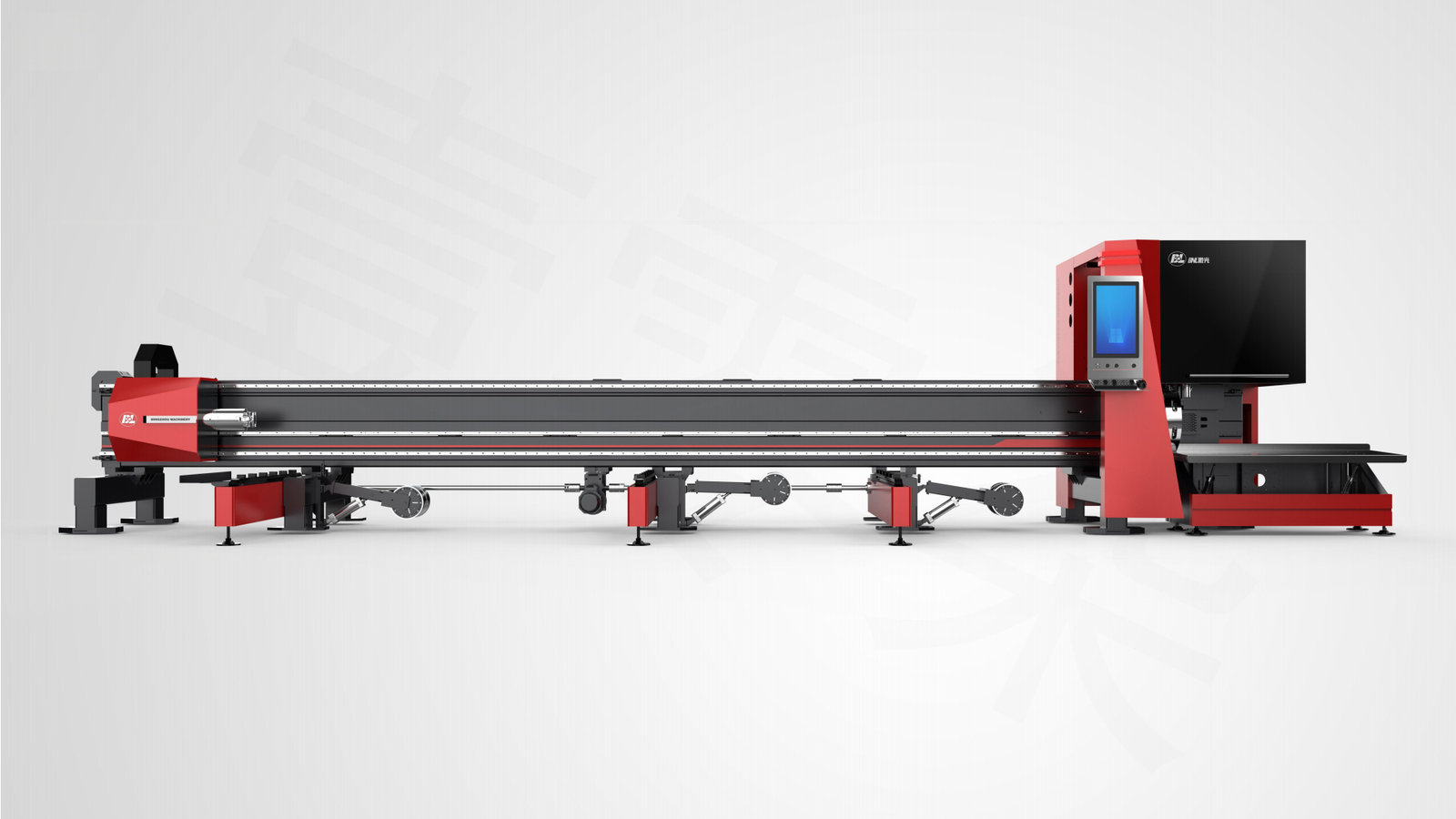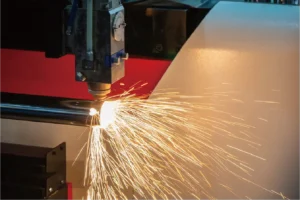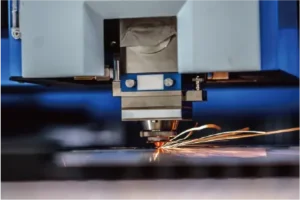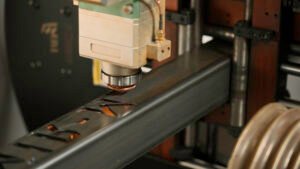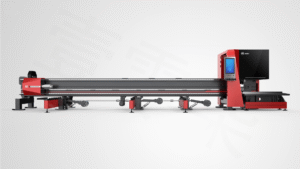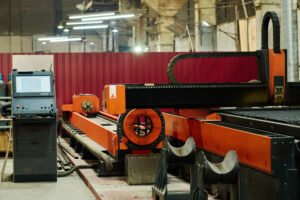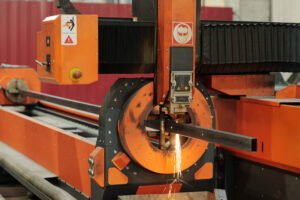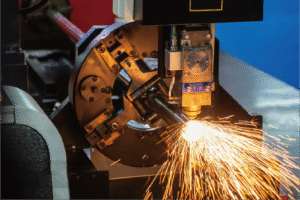Auto-Feed CNC Pipe Laser Cutter: 40% Fast Setup
Slow machine setups create production delays and increase your costs. This waiting time hurts your bottom line. Our auto-feed technology solves this by drastically cutting down preparation time.
An auto-feed CNC pipe laser cutter achieves a 40% faster setup by automating the material loading process. This eliminates manual handling, reduces human error, and allows for continuous operation, significantly boosting production efficiency and shortening project timelines for modern manufacturers.
 Machine Laser tube cutting machine processing a metal pipe with precision, emitting bright sparks during operation.](https://mzbnl.com/wp-content/uploads/2025/08/advanced-laser-tube-cutting-machine-5.webp)
In my years in this industry, I have seen many factories struggle with downtime. The setup phase is often the biggest bottleneck. For our clients in automotive parts or metal furniture, speed is everything. A fast setup means you can handle more jobs and deliver on time. Let's explore how new technology is changing this part of the process and making workshops more profitable.
How Have CNC Pipe Laser Cutters Evolved?
Manual pipe cutters were slow and inconsistent. Early CNC machines improved accuracy but still required heavy manual labor. We at MZBNL saw a clear need for a smarter solution.
CNC pipe laser cutters have evolved from manually loaded machines requiring skilled operators to highly automated systems. Key advancements include integrated auto-feed mechanisms, advanced software, and laser source improvements, all aimed at increasing speed, precision, and operational simplicity for modern manufacturing.
 Close-up of a laser cutting machine precisely cutting metal sheet](https://mzbnl.com/wp-content/uploads/2025/08/precision-laser-cutting-machine.webp)
When I first started, the process was very different. An operator had to be a true craftsman. They needed deep knowledge of the machine and the materials. The evolution to CNC was a big step, but it brought new problems. The main issue was that programming the machine was complex. You needed someone who could create detailed CAD drawings for every single job. This created a new kind of bottleneck. We recognized this challenge early on. Our goal was to make our machines powerful but also very easy to use. This led to one of our key innovations.
The Software Revolution: Our No-CAD System
We developed a parameter-based system. Instead of drawing a part in CAD software, the operator just enters the required numbers. They input the length, the hole diameter, and the angle. The machine's software does the rest. This simple change had a huge impact. It reduced the training time for a new operator from about 15 days down to just one day. This makes it easier for factories to find and train staff. It also makes the entire production process much faster, especially for standard parts. This evolution in software is just as important as the mechanical improvements.
What Are the Current Technological Advancements in Auto-Feed Systems?
Traditional feeding systems are slow and labor-intensive. They create bottlenecks and rely on operator strength. Our front-feeding innovation automates this entire process for maximum efficiency and safety.
Current advancements in auto-feed systems focus on intelligent automation. This includes robotic arms for front-feeding, automatic bundle loading, and smart sensors for precise positioning. These technologies work together to create a seamless, hands-free workflow from raw material to finished part.
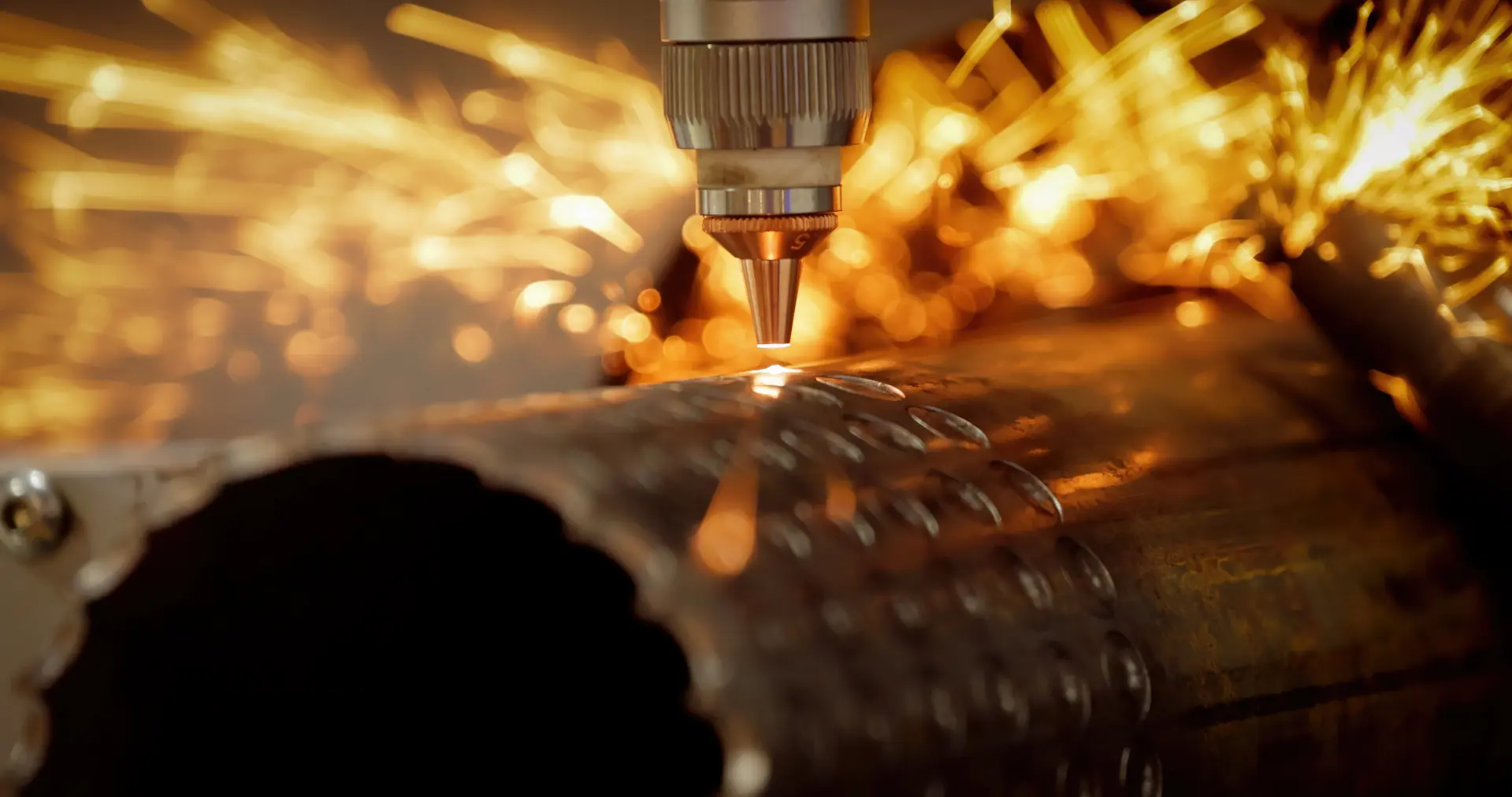
The core value of our machines is the rapid setup capability. This is where our clients see the biggest return on their investment. The 40% reduction in setup time comes directly from our unique front-feeding innovation. I have seen our systems in action at metal pipe processing factories. The difference is clear.
The MZBNL Front-Feeding Innovation
Instead of operators loading heavy tubes from the side or rear, our machine uses an automated robotic arm at the front. This arm picks up a tube from the bundle loader and places it perfectly into the chuck. This process is not only faster, but it is also much safer and more precise. It reduces the physical labor required from the operator by about 40%. This means one person can often manage multiple machines. For businesses like automotive parts manufacturers, this speed and efficiency are critical. They need to produce many different parts quickly. Our front-feeding system allows them to switch between jobs with almost no downtime, meeting the urgent demand for faster production cycles. This technology is becoming the new standard.
What Are the Main Challenges in Achieving Faster Setup Times?
Complex job changes cause long downtimes. Operators struggle with new drawings and machine adjustments. This lost time directly impacts profitability and your ability to meet important client deadlines.
The main challenges in achieving faster setup times are complex programming, manual material handling, and the need for highly skilled operators. Each new job often requires new CAD files, physical adjustments to chucks and supports, and test runs, all contributing to significant production delays.
 Close-up of high-tech laser cutting machine processing metal tube with precision](https://mzbnl.com/wp-content/uploads/2025/08/innovative-laser-tube-cutting-machine-1.webp)
I often speak with factory managers who are frustrated with setup times. They tell me that their expensive machines sit idle for too long between jobs. This is a common story across the industry. Let's break down the three main challenges we have worked hard to solve.
The CAD/CAM Bottleneck
The first challenge is software. Traditionally, every new part design must be created in CAD software by a skilled technician. Then, it has to be converted into machine code using CAM software. This process can take a long time, especially for complex parts. If there is a small mistake in the drawing, the whole process must start over.
The Physical Labor Hurdle
The second challenge is the physical work. Loading long, heavy metal tubes into a machine is difficult and dangerous. It requires at least one strong operator, and sometimes two. They have to align the tube perfectly. This manual process is slow and can lead to errors that waste material.
The Operator Skill Gap
The third challenge is finding and keeping skilled workers. Running a traditional CNC laser cutter requires a lot of training and experience. This reliance on a few highly skilled operators makes a business vulnerable. If a key operator leaves, production can slow down or even stop.
What Strategies Can Overcome These Setup Time Barriers?
Relying on old methods keeps you behind competitors. Your setup process is a major barrier to growth. The right strategy involves adopting smarter, integrated automation to streamline your workflows.
Key strategies include implementing parameter-based software to eliminate CAD dependency, adopting fully automated front-feeding systems to reduce manual labor, and utilizing machines with automatic chuck adjustments. These technologies simplify the process from design to cut, making job changes nearly instant.
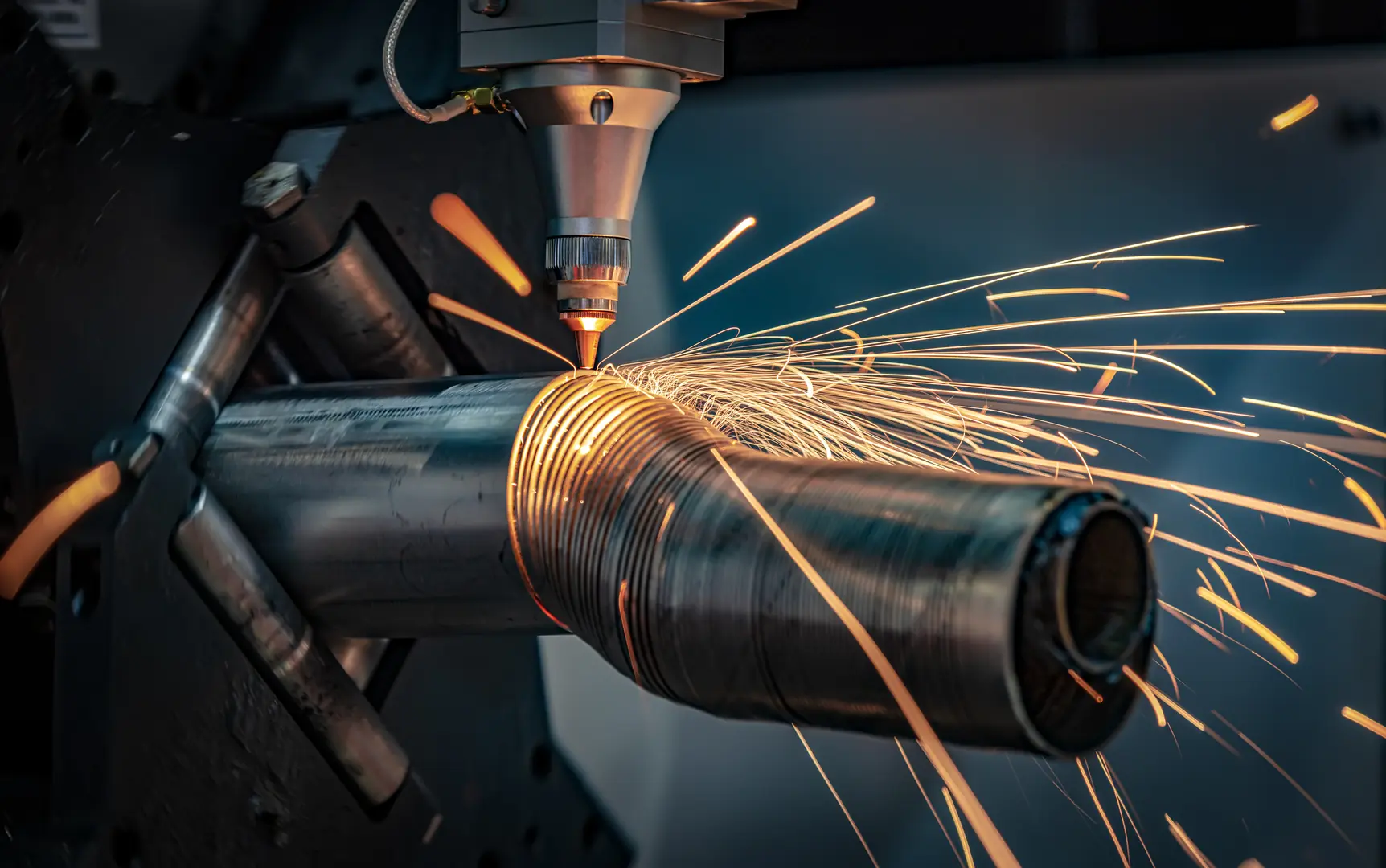
At MZBNL, we built our entire philosophy around solving these specific problems. Our strategies are not just theories; they are real-world innovations built into our machines. By integrating these solutions, we help our customers achieve the 40% faster setup that gives them a true competitive edge.
Strategy 1: Eliminate CAD with Parameter-Based Control
Our No-CAD system is the first step. By allowing operators to input dimensions directly into the machine's interface, we remove the entire CAD/CAM department from the setup process for many jobs. This single change saves hours on every new project and empowers less experienced operators to be productive immediately.
Strategy 2: Automate Material Handling with Front-Feeding
Our front-feeding robotic arm is the second key strategy. It completely automates the loading process, making it faster, safer, and more reliable. This system works tirelessly, ensuring the machine is always supplied with material and ready to cut.
Strategy 3: Minimize Waste with Intelligent Cutting Logic
Finally, we redesigned the cutting process itself. Our system can start cutting from the rear chuck, moving forward. This allows it to use nearly the entire length of the tube, often achieving zero tail material waste. This not only saves money on materials but also reduces cleanup time, contributing to a faster overall cycle.
What Are Some Technical Suggestions for Optimizing These Cutters?
Owning an advanced machine is not enough. Without proper optimization, you are leaving money on the table. We provide technical guidance to help you maximize your investment from day one.
To optimize an auto-feed cutter, focus on integrating a parameter-based system for quick programming. Also, ensure your feeding mechanism supports various pipe profiles automatically. Finally, implement a cutting logic that minimizes tail material waste for maximum material utilization.
 High-tech laser cutting machine slicing metal tube with precision sparks](https://mzbnl.com/wp-content/uploads/2025/08/advanced-laser-cutting-machine-6.webp)
When a company invests in a new machine, they need it to be a profitable part of their business. As the manufacturing industry moves towards flexible production and just-in-time delivery, optimization is essential. An optimized machine becomes a valuable asset, not just a tool. It allows a factory to take on smaller, more customized orders profitably. Here is a simple comparison to show how our technical approach directly leads to better optimization and higher value for our customers.
| Feature | Traditional Method | MZBNL Optimized Method |
|---|---|---|
| Programming | Requires a CAD/CAM specialist. | Parameter-based input. 1-day training. |
| Loading | Manual side/rear loading. Slow and labor-intensive. | Automated front-feeding arm. Fast and safe. |
| Material Waste | Significant tail material left over. | Zero-waste cutting logic. Maximizes material use. |
| Setup Time | 30-60 minutes per job change. | 5-10 minutes per job change. |
By choosing a machine with these optimized features, you are not just buying a piece of equipment. You are investing in a more efficient and competitive production system. This is how you prepare your business for the future.
Conclusion
Achieving a 40% faster setup is not just a feature. It is a competitive advantage that transforms your entire production line, making it faster, leaner, and more profitable.
Have Questions or Need More Information?
Get in touch with us for personalized assistance and expert advice.
